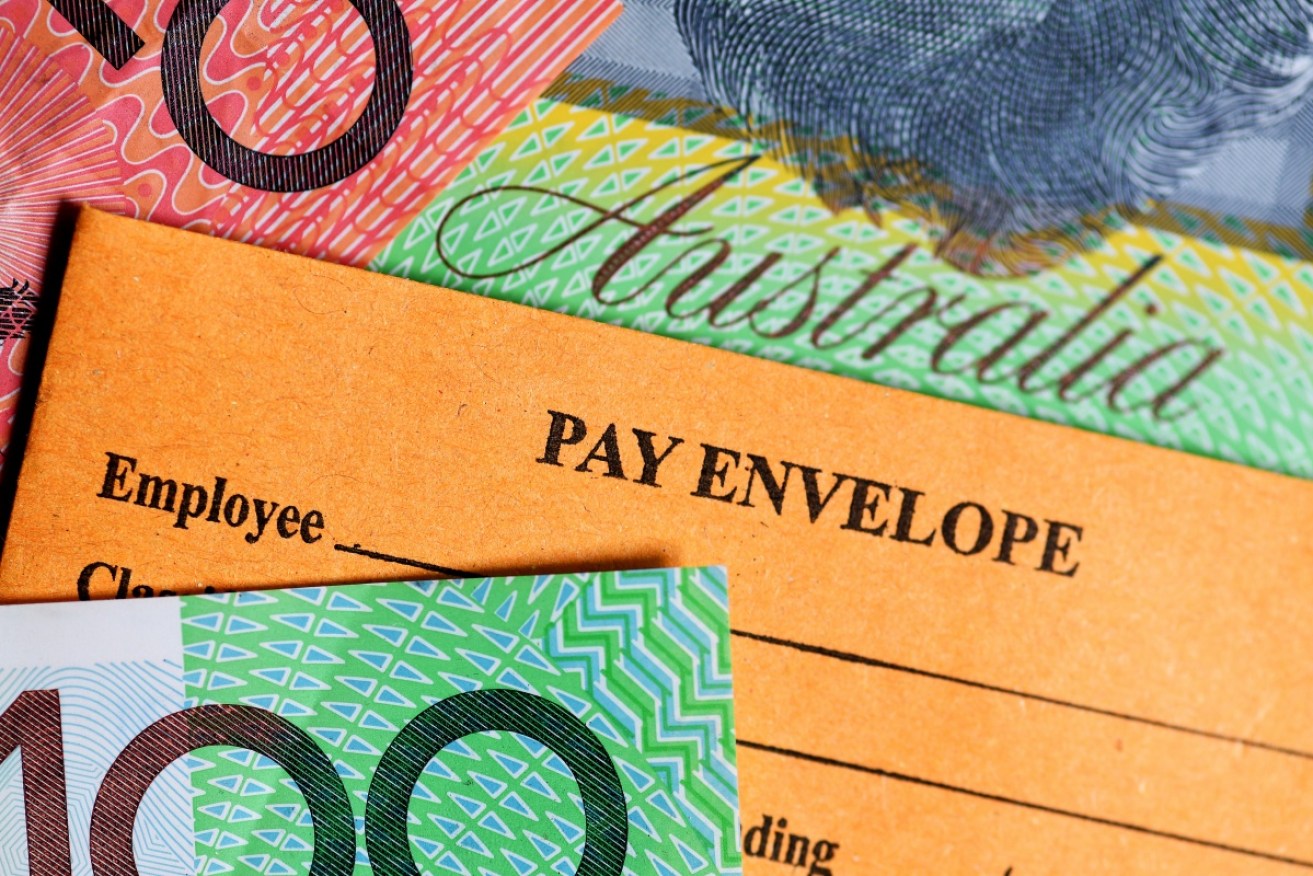Employment data casts doubt on government wage growth targets


Unemployment fell in November, but it's unlikely to significantly affect wages. Photo: AAP
Employment lifted marginally in November, but economists caution it’s unlikely to be enough to push wages growth up to the levels Treasury predicted in its MYEFO estimates.
The unemployment rate dropped to 5.2 per cent from last month’s 5.3 per cent as an additional 39,900 people entered the workforce – 4200 in full-time work, and 35,700 taking on part-time roles.
That’s a “fairly good” result according to BIS Oxford Economic chief economist Sarah Hunter, but not enough to move the needle materially from the position it has sat in for the past six months.
“We’re still very much stuck with the unemployment rate in the low fives, the underemployment rate at 8.4 per cent, and they haven’t really moved from there at all,” Dr Hunter told The New Daily.
“The labor market has travelled sideways, as it were, and so we’ve added enough jobs to soak up new supply, which means we haven’t seen a substantial rise in the unemployment or underemployment rates. But equally we’ve not seen any substantial fall, or any fall at all really.”
And with infrastructure projects expected to slow down through the middle of next year and consumers becoming “a bit more cautious” with their money, employment will continue to “travel sideways for more than 12 months”, Dr Hunter said.
“In terms of the economy moving back to full employment and what we might see when that happens, there’s not really been much progress made in that direction over the last few months.”
Wages growth to miss MYEFO targets
Monday’s Mid-Year Economic and Fiscal Outlook (MYEFO) saw Treasury downgrade their expectations for the unemployment rate from 5 per cent to 5.25 per cent – which Dr Hunter noted is broadly in line with the latest ABS figures.
But Treasury’s forecasts for wages growth – 2.5 per cent – are “moderately optimistic”, Dr Hunter said.
“We’re a bit weaker. We think wages growth will stay where it is at 2.2 or 2.3 per cent year on year,” she said.
While that’s not far off 2.5 per cent, it is well below the 3.25 per cent included in pre-MYEFO estimates, and partly explains why Treasurer Josh Frydenberg has cut his expected budget surplus from $7 billion to $5 billion, as income taxes provide the largest source of government revenue.
“That change really does point to an acceptance or recognition that wages growth is pretty subdued. And given the way the economy and the labour market is travelling, there’s really not going to be any real impetus to employment growth that’s going to see it accelerate substantially from where it’s at now,” Dr Hunter said,
“Without that, we’re not going to use up that spare capacity, and if we don’t do that we’re not going to see a big pick up in wages growth.”
Callam Pickering – economist with jobs search site Indeed – agreed, adding that the larger number of part-time jobs being created will further stifle wages.
“Over the past year full-time jobs have accounted for half of all job creation; that’s lower than its historic average of a little over two-thirds,” he said.
“From a wage standpoint, what we typically see is that part-time workers are in a lesser position to bargain for higher wages. Their job security tends to be lower, so if the economy does shift towards more part-time jobs there is that concern that bargaining power will continue to diminish and that could ultimately be a bad outcome for wage gains.”








